There’s no denying it: baking powder/soda is the secret sauce for all sweet desserts. They turn my cakes into those fluffy, irresistible delights that keep my loyal customers smiling!
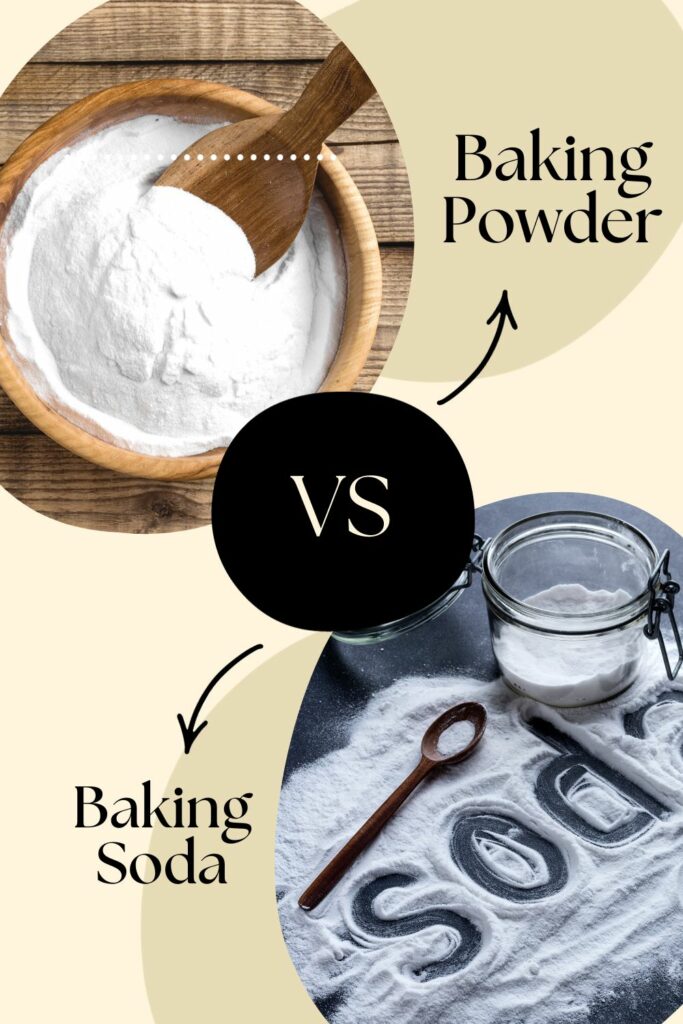
But figuring out which is which can be quite a puzzle sometimes. Seriously, these two common leavening agents are always lumped together in almost every cooking instruction online, and it took some folks forever to realize they’re not exactly twins. Let me spill the beans on their differences so you won’t get caught up in the mix-up next time.
Is Baking Soda The Same As Baking Powder? When To Use Which?
Baking soda reacts fast with moisture to create instant fluffiness in recipes like bread and biscuits. On the flip side, baking powder (a mix of baking soda and dry acids) steps in for recipes without natural acidity.
Single-action baking powder is all about quick reactions, just like baking soda. Meanwhile, the double-action version offers a two-stage fluffy delight during the baking process.
Baking Soda
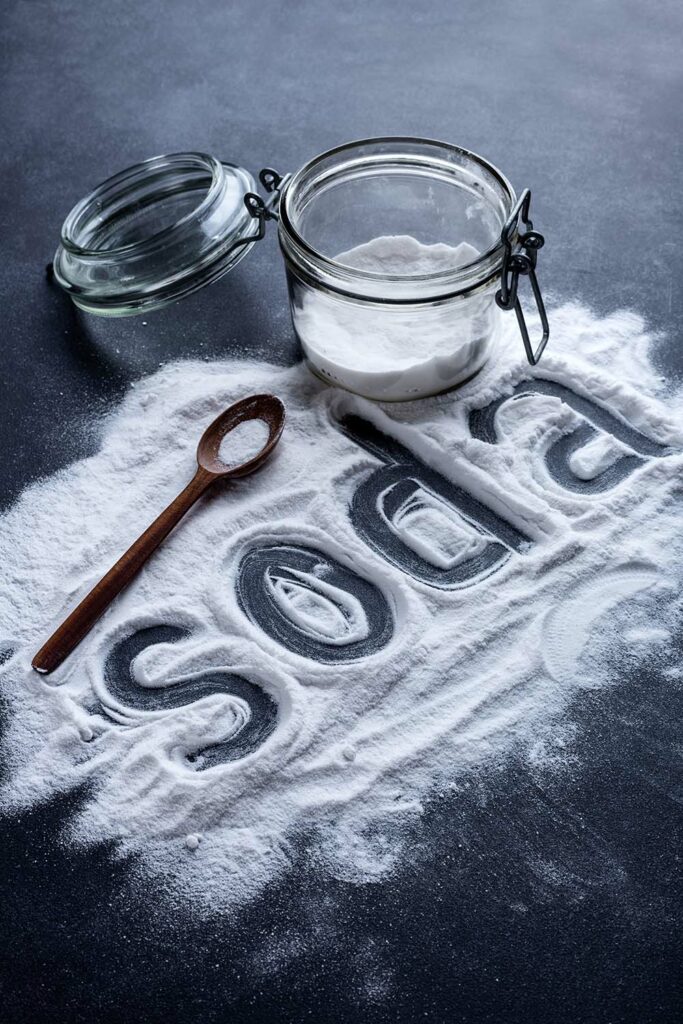
You might have heard some rumors about the differences between pure sodium bicarbonate soda and baking soda, and guess what? They’re just different names for the same ingredient! Long story short, if a baking recipe asks for some bicarbonate of soda, it’s basically calling for baking soda!
Baking soda is a speedy leavening agent. Once it mixes with moisture and something acidic like buttermilk, honey, chocolate, molasses, sour cream, cocoa, brown sugar, or yogurt, it will get into action really fast. The chemical reaction between them creates tiny carbon dioxide bubbles, giving your baking that lovely light texture everyone adores.
And since the bubbling happens almost instantly, you’ve got to hustle and get that dough or batter into an oven right away before all those bubbles disappear! That’s why baking soda is perfect for “quick” recipes like bread or biscuits. No more waiting for the dough and yeast to rise; it’s the fast-track ticket to deliciousness.
Baking Powder
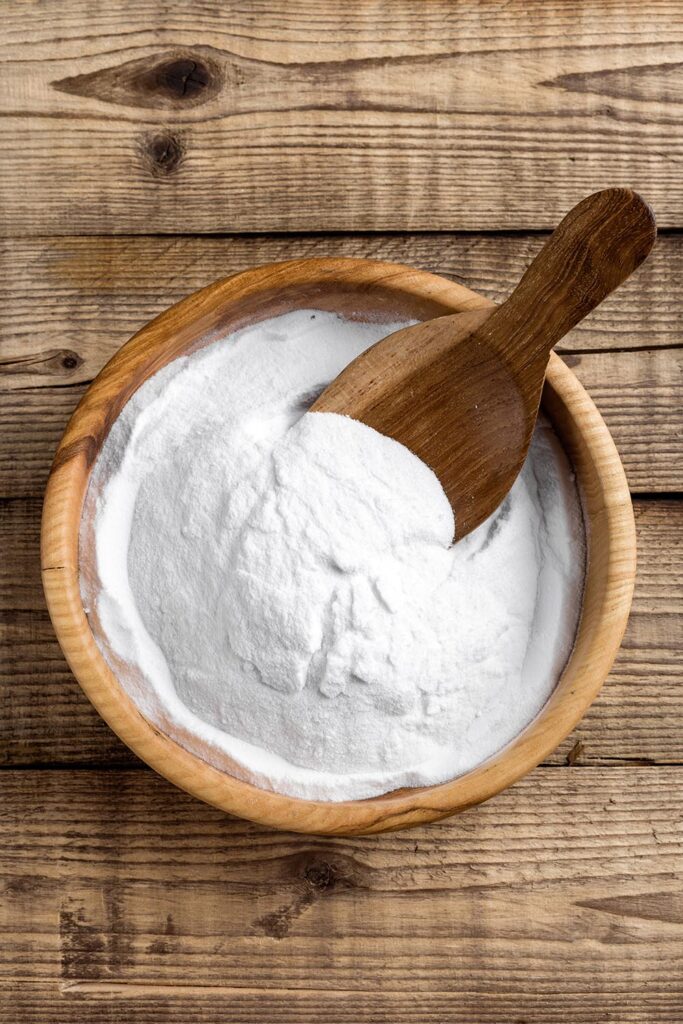
Unlike baking soda, baking powder is a mix of different stuff: baking soda, some dry acids or acidic salts, and often a bit of starch, like corn starch. And one of its key players is cream of tartar (basically tartaric acid) to add that zingy touch.
Baking powder is all set to create those CO2 bubbles after getting mixed in. That’s why it is the crowd’s favorite in recipes that don’t naturally have any acidic ingredient, like buttermilk or molasses.
So, just like baking soda, its job is to give your baked goods that dreamy, airy texture. But a small twist sneaks in here since we have two types of baking powder: single-action and double-action.
- Single-action powder does its bubble dance as soon as it gets wet, just like baking soda. So, you’ve gotta be quick to get that batter into the oven to capture those bubbles.
- Double-action powder, our rockstar, works in two stages. First, it creates bubbles when mixed with liquid, just like the single-action. Then, it hits stage two during baking – when your ingredients rise to certain temperatures in the oven – to give another surge of airy goodness. A 2-in-1 deal for perfectly fluffy treats indeed.
Summary Chart
Let me sum it up for you guys:
| Baking Soda | Baking Powder | |
| Composition | Sodium bicarbonate | Baking soda, dry acids, and often starch |
| Leavening Process | Quick bubbling | – Quick bubbling (single-action) – Two-stage process (double-action) |
| Recipes | Quick bread or biscuits | Recipes lacking natural acidity |
Can You Swap Baking Soda for Baking Powder and Vice Versa?
I personally do not recommend it, but maybe that’s just me being extra picky with my cakes. In many situations, the swap does work out! Just keep a few things in mind while you’re at it.
- Substituting baking powder for baking soda: You won’t need extra ingredients, but remember that baking soda packs a stronger punch. Therefore, you’ll likely need about three times more powder to get the same rising effect. And be warned: this swap might alter the final taste of your sweet creations to something more chemical/bitter.
- Substituting baking soda for baking powder: You should add an acidic ingredient like tartar or cream to activate the soda. Since baking soda is more potent than baking powder, I often use only ¼ teaspoon of baking soda for every single teaspoon of baking powder.
Why Do Some Recipes Call for Both?
Sometimes, your recipe might ask for both for at least one of these reasons:
- When my recipe uses acidic ingredients (think buttermilk or lemon juice) for flavor, too much soda can zap that tangy taste. So, I use both baking soda and powder to balance the acidity for that tangy kick while still giving my cakes a good rise.
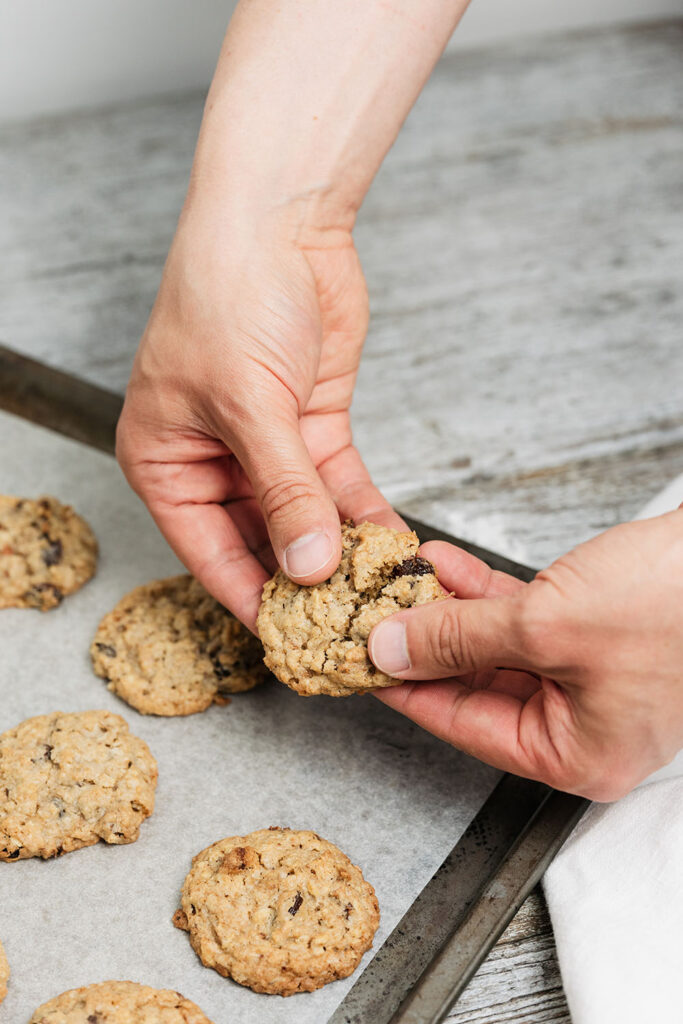
- What if the baking soda can cancel out the acidity but fails to give the batter extra fluffiness? Here’s where baking powder steps in for that extra lift.
- For that perfect browning effect, baking soda can jump in even when baking powder is still the primary leavening agent. Together, they create a highly alkaline condition that turns your treats into an even, beautiful brown shade.
How To Know If The Two Leavening Agents Go Bad
What to do with your baking soda? Spoon some of it into a small bowl (no need to be precise here). Then, add 2-3 drops of something acidic, like vinegar or lemon juice.
If it starts fizzing right away like a soda pop, your baking soda is good to go! But when it’s sitting there all quiet without any reaction, your soda has clearly lost its magic; it’s time to bring in a fresh box.
Now, onto baking powder! Grab half a teaspoon of powder and put it in your bowl, then pour in a quarter cup of boiling water.
Does it bubble and make a fuss instantly? Great news: that powder is ready for baking duty! If it just chills there with no air bubbles, just toss the whole thing in the trash.
How to Store Them
A rule of thumb is to find a dry, cool spot away from heat sources or direct sunlight. Both agents tend to soak up odors, so I never stash them near cleaning products and heavy-smelling spices.
Want to go the extra mile? Then, store them in their original packages or pop both into airtight containers. Oh, and don’t forget to jot down the purchase date on these containers to keep tabs on their freshness!
Other Common Substitutes For Them
- You can count on self-rising flour, whipped egg whites, and club soda for baking soda substitutes.
- Surprisingly, there are a lot of options for baking powder alternatives. Buttermilk, plain yogurt, molasses, sour milk, vinegar, lemon juice, you name it. And the three baking soda replacements above work just as magically here!
See more:
Conclusion
Baking soda and baking powder are not the same, but what trips up beginners is how easily they can be swapped for certain recipes. I hope my guides helped sort things out for you!
Still scratching your head over their similarities? Just write to me, as always. You know the drills!

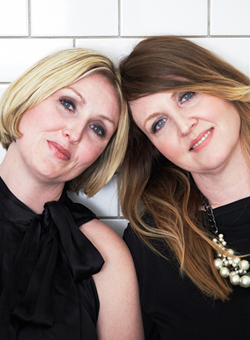
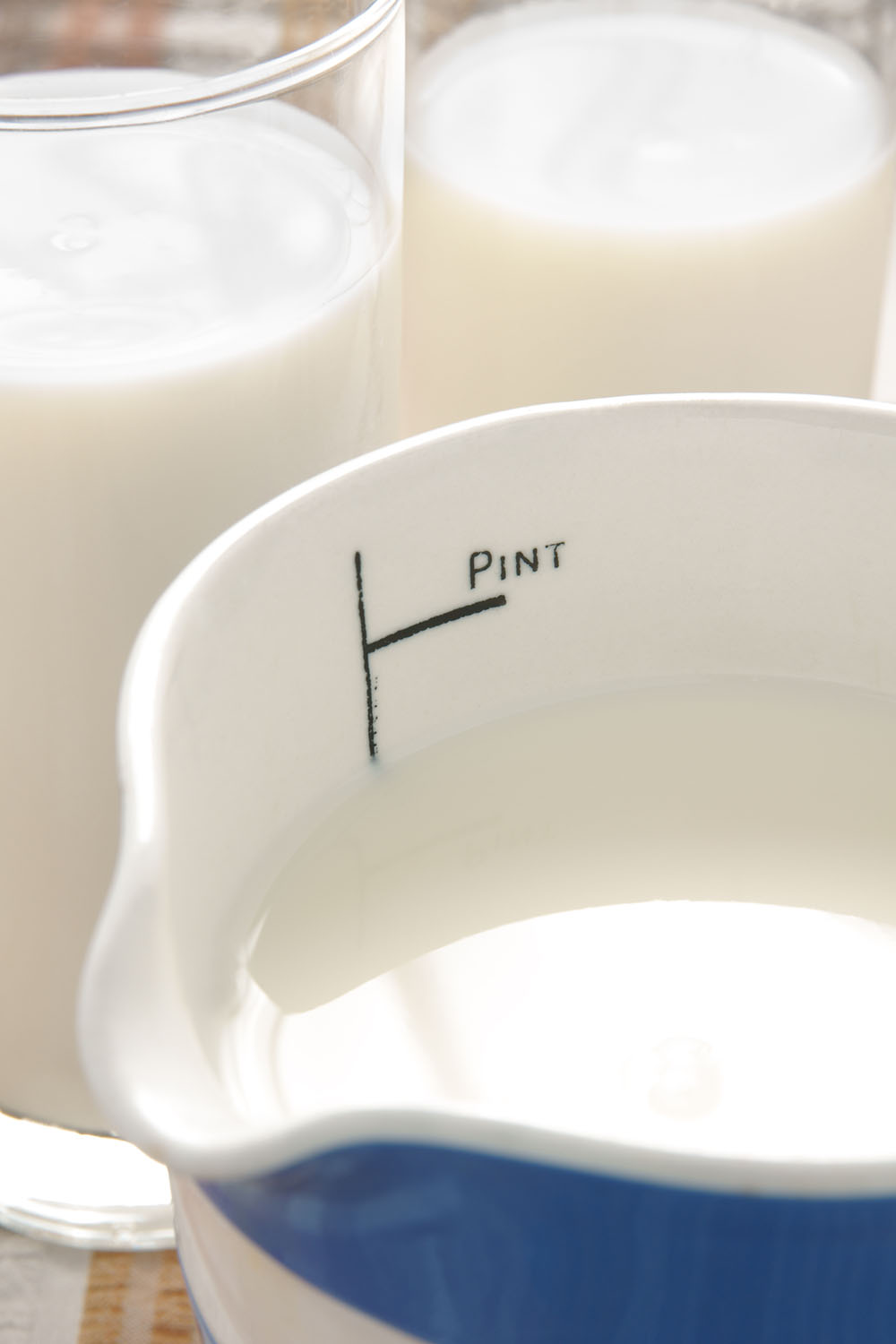
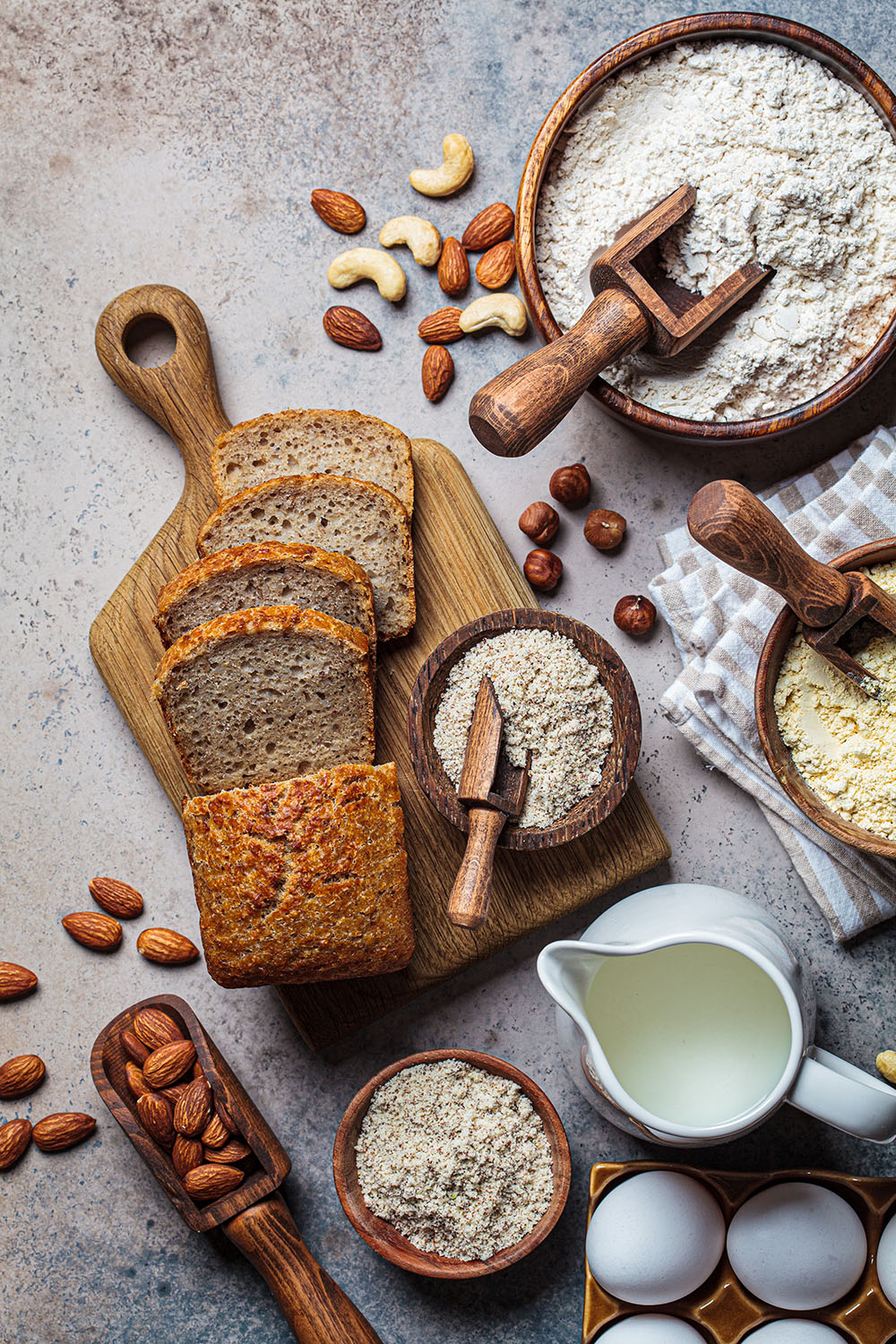
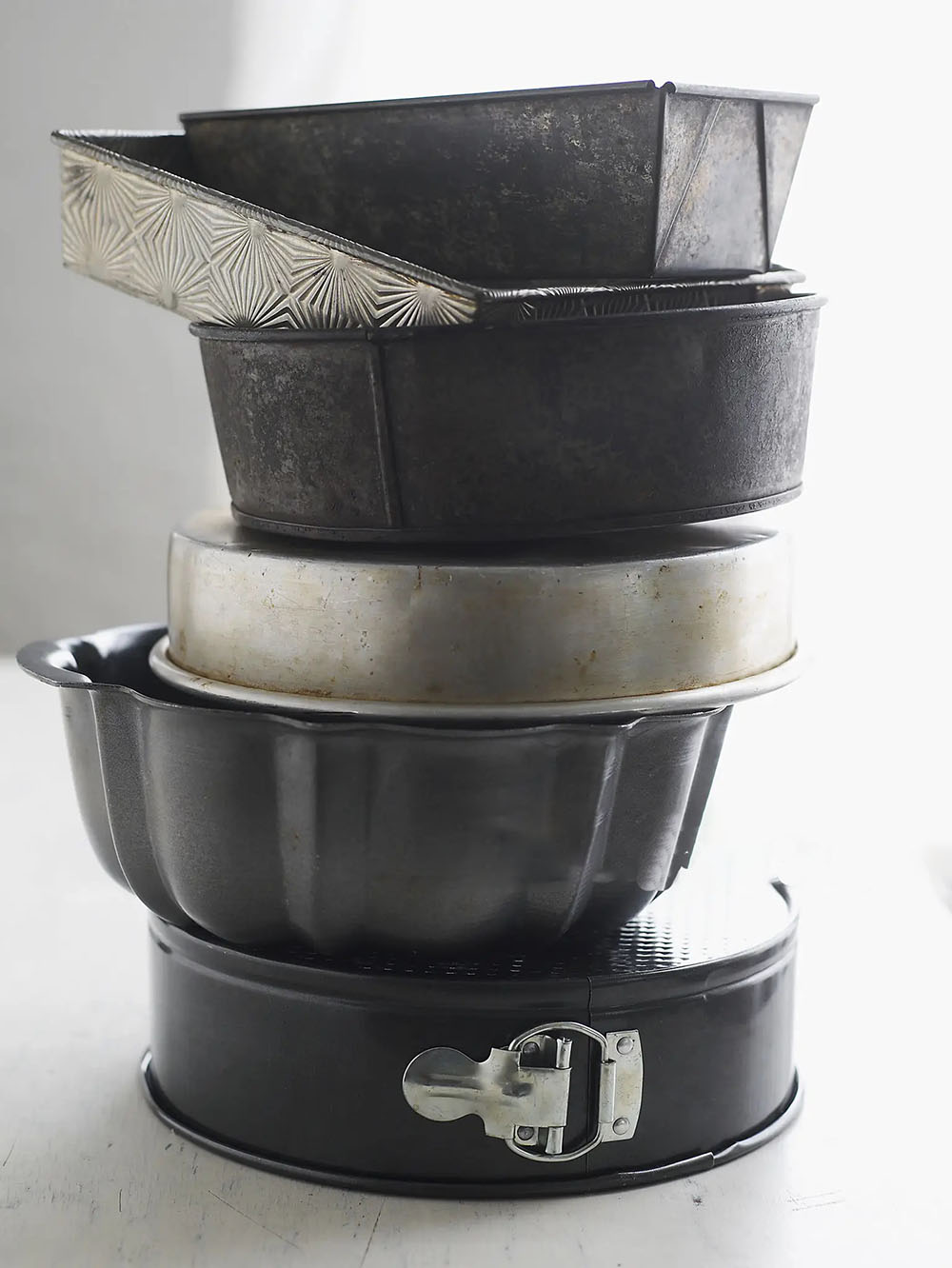
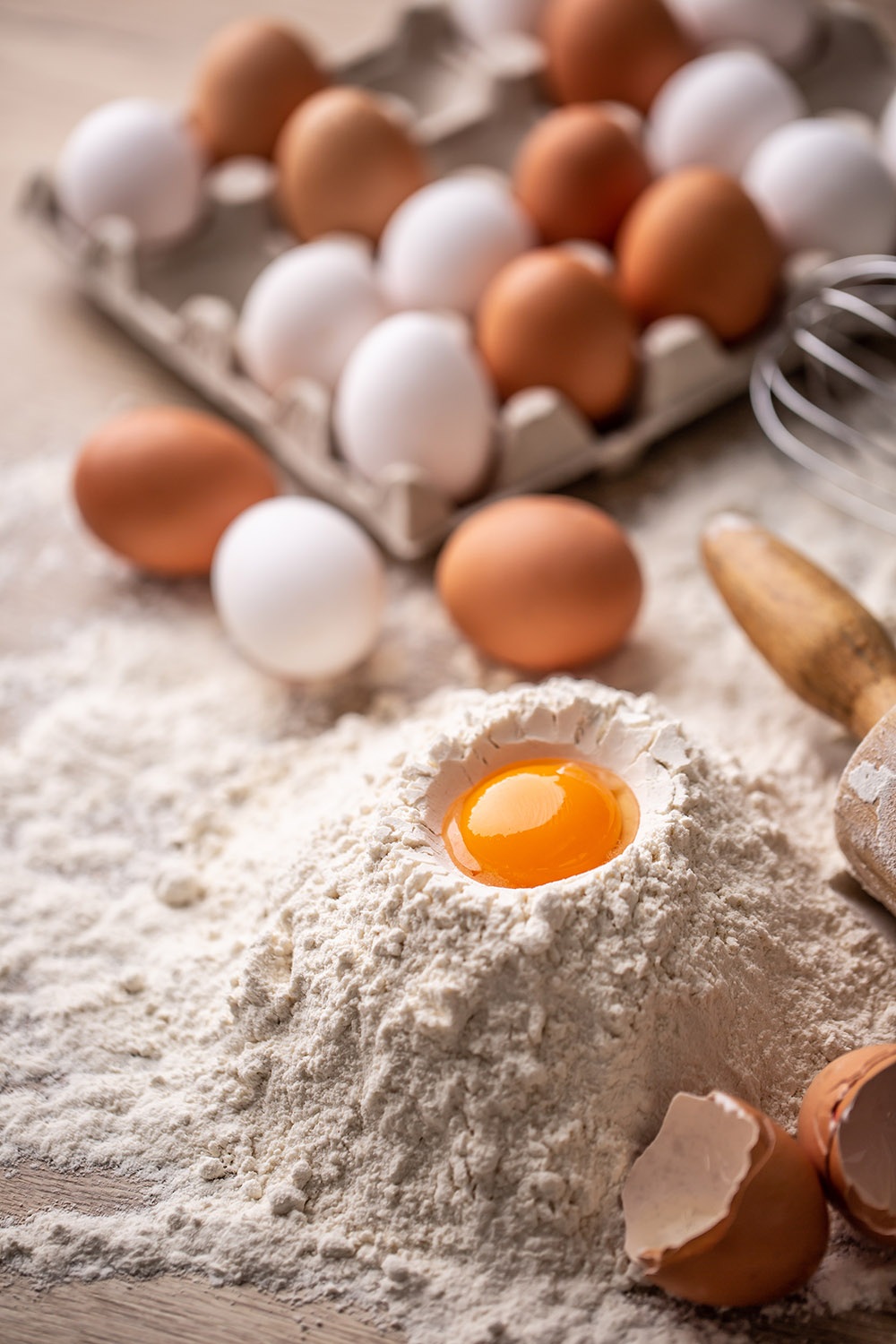
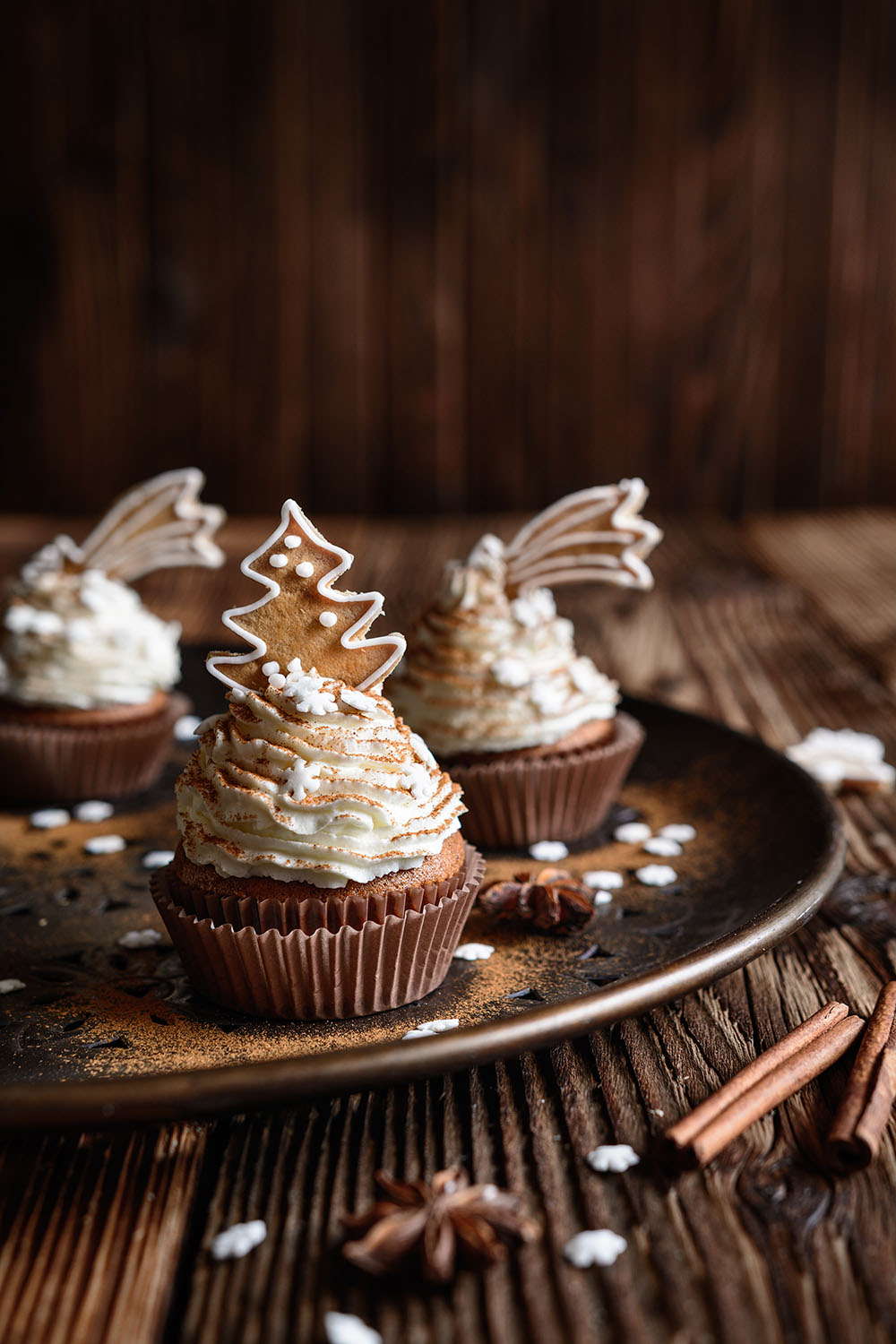
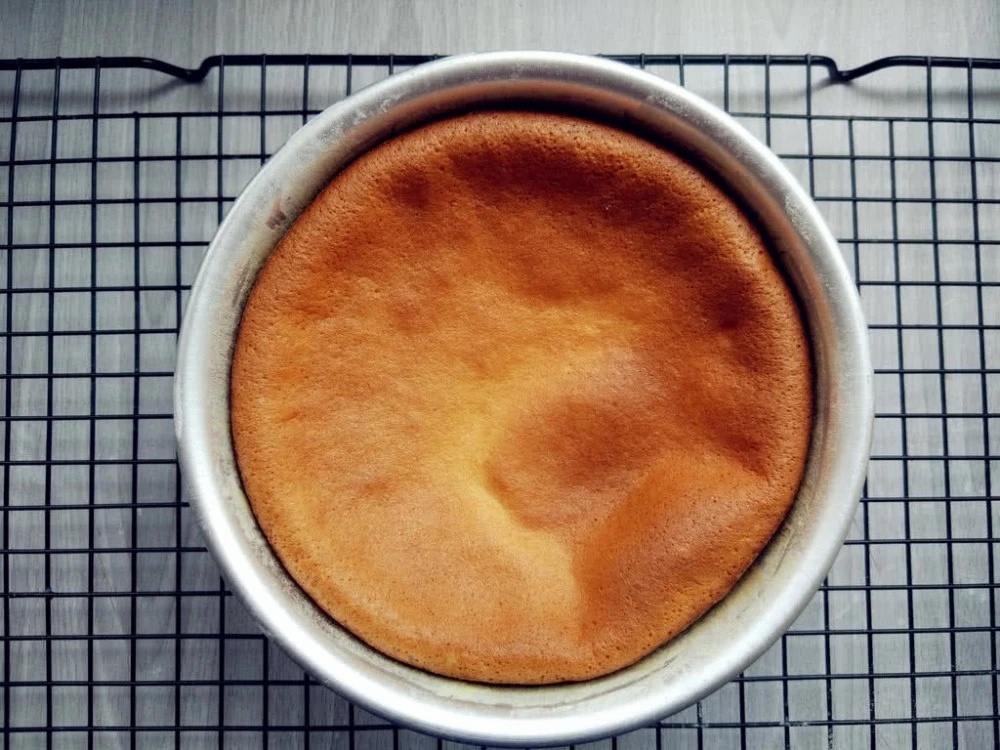
Thank you for your help! It turned out great, thanks again, Judy